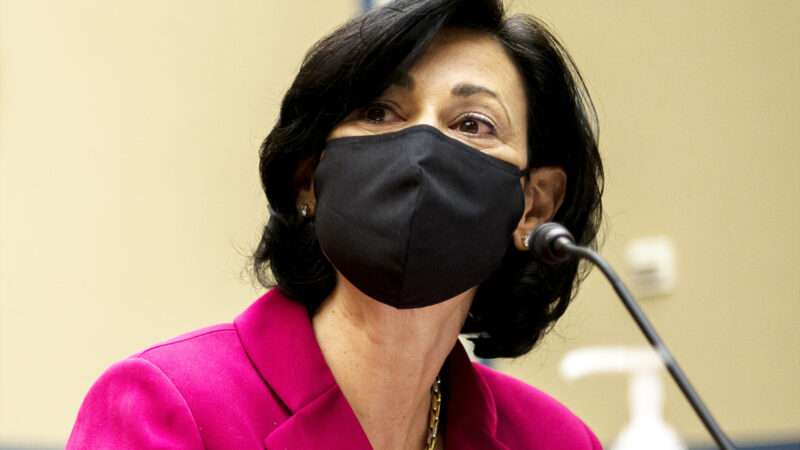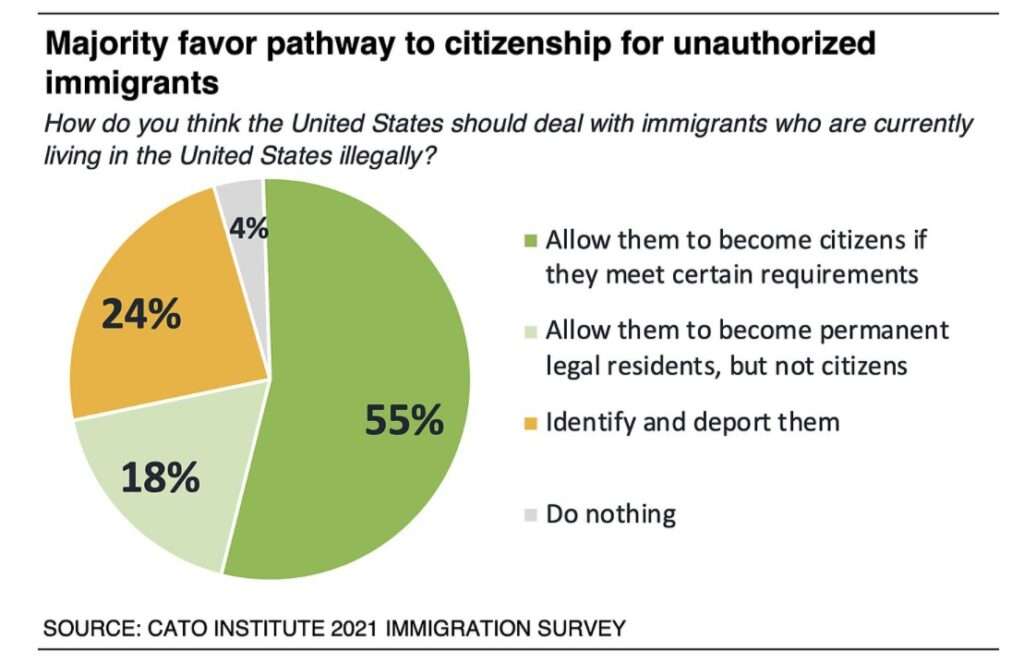
Two recent studies show how the attempt to curtail drug abuse by discouraging and restricting opioid prescriptions has hurt bona fide patients by depriving them of the medication they need to ease their pain. The harm inflicted on these innocent bystanders, which would not be morally justified even if the opioid crackdown did what it was supposed to do, is all the more appalling because limiting legal access to these drugs seems to have accelerated the upward trend in opioid-related deaths by driving nonmedical users toward black-market substitutes.
Jon Furuno, an associate professor of pharmacy practice at the Oregon State University College of Pharmacy, looked at prescribing patterns among 2,648 terminal patients who were transferred from an academic medical center to hospice care from January 2010 through December 2018. During that period, regulators and legislators responded to the “opioid crisis” by directly and indirectly limiting analgesic prescriptions, often in ham-handed ways. While that was happening, the study found, the share of hospice-bound patients who had opioid prescriptions when they were discharged fell from 91.2 percent to 79.3 percent—a 13 percent drop.
Furuno and his co-authors, who reported their results this month in the Journal of Pain and Symptom Management, controlled for age, sex, diagnosis, and the location of hospice care, so changes in those factors do not account for the decline in opioid prescriptions. Furthermore, “prescribing of non-opioid analgesic medications increased over the same time period,” meaning that pain was more likely to be treated with less effective but still potentially dangerous drugs.
The average age of these patients was 66. Nearly three-fifths had cancer diagnoses, and all of them were expected to die soon, meaning that treatment should have been focused on making them as comfortable as possible in their remaining time.
“Even among patients prescribed opioids during the last 24 hours of their inpatient hospital stay, opioid prescribing upon discharge decreased,” Furuno noted in a press release. “It seems unlikely that patients would merit an opioid prescription on their last day in the hospital but not on their first day in hospice care, and it’s well documented that interruptions in the continuity of pain treatment on transition to hospice are associated with poor patient outcomes.”
Furuno noted that “pain is a common end-of-life symptom, and it’s often debilitating.” He added that more than 60 percent of terminal cancer patients report “very distressing pain.”
In this context, it is especially striking that Furuno and his colleagues cite “patient and caregiver concerns regarding addiction” as one obstacle to adequate pain treatment. The risk of addiction is exaggerated and overemphasized even when physicians are treating chronic pain in patients who may have years or decades to live. When patients on the verge of death are suffering severe pain that could be relieved by opioids, “concerns regarding addiction” seem like a cruel joke.
Furuno et al. also mention “policies and practices aimed at limiting opioid use in response to the opioid epidemic,” which are based on similar fears and reinforce them. In particular, Furuno cites the opioid prescribing guidelines that the Centers for Disease Control and Prevention (CDC) issued in 2016.
Those recommendations, which were widely interpreted as setting firm and binding limits, led to large, sudden, and indiscriminate dose reductions, along with outright cessation of treatment and patient abandonment. The suffering caused by that response has been highlighted by the American Medical Association, the Food and Drug Administration (FDA), and the CDC itself. The authors of the guidelines blamed clinicians who “misimplemented” their advice.
“There are some concerns…that indiscriminate adoption or misapplication of these initiatives may be having unintended consequences,” Furuno said. “The CDC Prescribing Guideline and the other initiatives weren’t meant to negatively affect patients at the end of their lives, but few studies have really looked at whether that’s happening. Our results quantify a decrease in opioids among patients who are often in pain and for whom the main goal is comfort and quality of life.”
A Journal of General Internal Medicine study published in February further illustrates how indiscriminate efforts to drive down medical use of opioids have undermined patient care. Researchers at Harvard and the University of Minnesota examined prescribing records for a 20 percent sample of Medicare patients treated from 2012 to 2017. They identified nearly 260,000 patients who were on long-term opioid therapy (LTOT) during that period and found that LTOT was discontinued in 17,617 of those cases.
“Adjusted rates of LTOT discontinuation increased from 5.7% of users in 2012 to 8.5% in 2017, a 49% relative increase,” the researchers reported. In a large majority of cases, LTOT “stopped abruptly,” and sudden cessation became more common during the study period, accounting for 81.2 percent of discontinuations by the end, up from 70.1 percent at the beginning. Two years ago, the FDA warned that such abrupt tapering may lead to “serious withdrawal symptoms, uncontrolled pain, psychological distress, and suicide.”
Study co-author Michael Barnett, a physician and an assistant professor of health policy and management at Harvard’s T.H. Chan School of Public Health, was dismayed by the frequency of such “off the cliff” dose reductions. “The vast majority of long-term opioid users whose therapy was discontinued had an extremely rapid, abrupt taper that was far outside of guideline recommendations,” he told MedPage Today. “It would have been concerning to find that, say, one in four long-term opioid users had abrupt cessation of their therapy, but we found that it was most, even among those with very high daily doses of opioids.”
Barnett concluded that “we need more education and support for patients on long-term opioid therapy to taper in a clinically rational way.” But the speed of tapering is not the only concern raised by these findings.
Drug warriors may assume that all of these LTOT discontinuations would have been medically appropriate if only they had been carried out more gradually—in other words, that all of these patients were better off without the opioids they had long used to relieve their pain. But it seems unrealistic to suppose that doctors, operating under extraordinary government pressure, never sacrificed the interests of their patients to avoid unwelcome scrutiny. The increased risk of suicide among patients suddenly deprived of pain medication suggests otherwise.
from Latest – Reason.com https://ift.tt/2RYdrFh
via IFTTT





